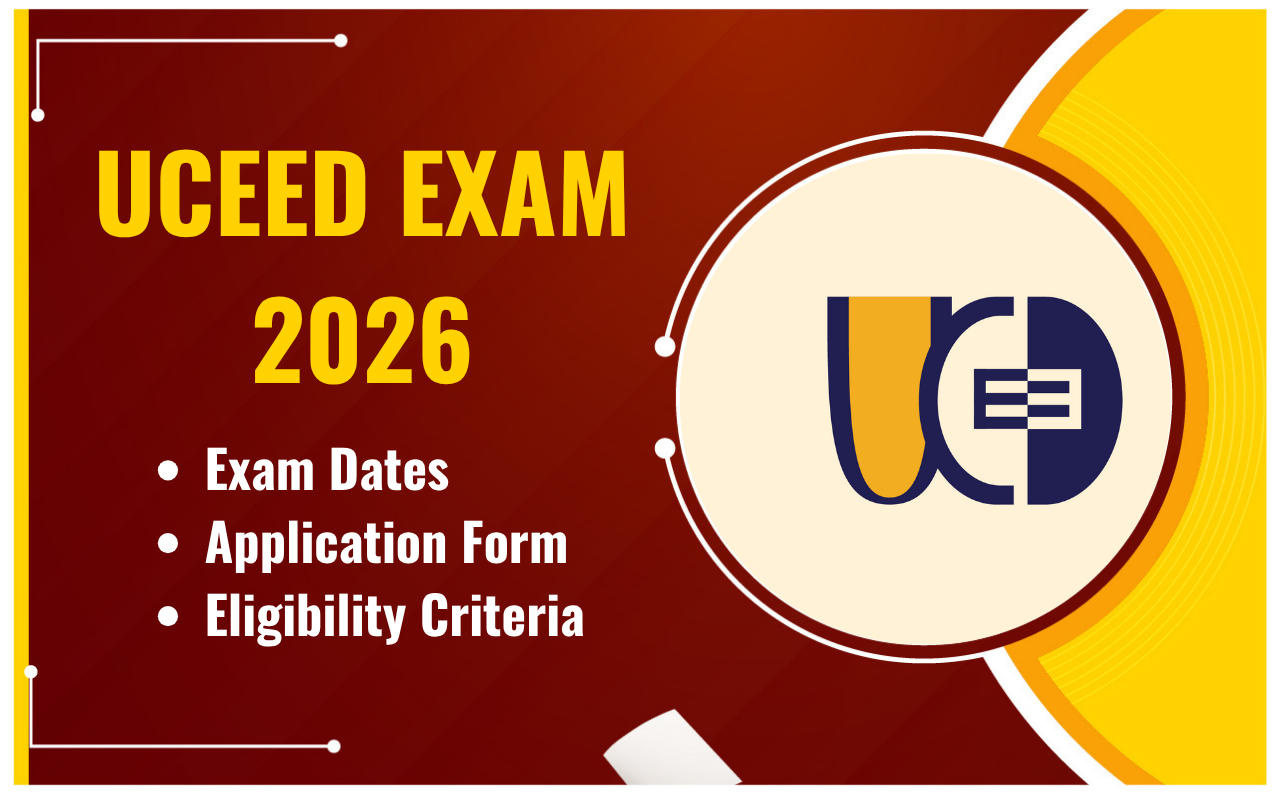
How to Score Well in the NID DAT Drawing Section: The NID DAT drawing section revolves around creativity and imagination. It evaluates candidates’ based on their creativity, observational skills, and ability to express ideas effectively. The NID DAT results were announced on 1st April 2025 and the drawing section could have a significant impact on your score.
The drawing section is scoring compared to the other sections and candidates might enhance their overall performance in NID DAT by securing well in this section.
Nonetheless, the NID DAT drawing section requires thorough knowledge of color theory, textures, shades, and other relevant concepts. The drawing section assesses technical understanding, detailing, and observation skills, requiring candidates to accurately depict depth, perspective, and proportions.
How to Score Well in the NID DAT Drawing Section?
To score well in the NID DAT Drawing Section, candidates must hone the following skills.
- Creativity and Originality
Creativity and originality are the fundamentals to perform well in the NID DAT Drawing section. Candidates having an ability to tackle problems with innovative ideas have higher chances of scoring well in this section. They must develop skills to think out of the box and express concepts in fresh, imaginative ways.
- Proficiency in Drawing Techniques
For the NID DAT Drawing section, candidates must have a comprehensive understanding of drawing concepts such as perspective, scale, proportions, and light and shadow. Knowing the techniques, candidates could create realistic and visually correct drawings that accurately depict depth and spatial relationships.
- Have Strong Observational Skills
The NID DAT Drawing section pays close attention to candidates’ observational skills and how they accurately depict objects, people, and environments. Try paying attention to details such as proportions, angles, and textures to create realistic and proportionate drawings.
- Eye For Details
To enhance your drawing skills and score well in the NID DAT drawing section, you must have an eye for details like textures, surface quality, and proportions. Adding finer nuances to objects, human figures, or any subject can uplift your drawings.
- Composition and Layout Skills
A well-organized drawing with a balanced layout shows good composition. Understanding how to position elements within the frame to create a harmonious and dynamic design is key for making your drawings visually appealing.
- Neatness and Cleanliness
Clear, clean lines and precise outlines make a big difference. Avoid smudges or unnecessary markings, as they can distract from the overall impact of your drawing. Your interest in drawing gets reflected through the neatness of your work.
Different Types of Questions Asked in the NID DAT Drawing Sections
Given below are different types of questions that are asked in the NID DAT Drawing Section. Candidates preparing for the NID 2026 can get an overview of the types of questions asked and accordingly strategize their preparation.
1. Pictogram
In this type of question, candidates are required to make a logo or symbol as part of the visual representation of the elements we come across in our daily lives. This type of question tests the ability to transform abstract symbols into tangible, recognizable forms.
Example: Sketch a Zoo informing humans that “Feeding animals is Prohibited Inside the Premise.”
2. Picture Completion
In this type of question, you are given a “Visual Hint” in a box, and you have to draw something and bring out an object as per your understanding.
Example: With the given hint, you can draw something festive.
3. Creative Thinking
Candidates are given a problem and are required to solve the given problem by short description or descriptive labels.
Example: Considering yourself a “Product Designer”, you are asked to design toothbrushes for elderly persons. Justify your design with a short description.
4. Perspective Design
In this, you are asked to draw a room with respective objects. This evaluates understanding of depth, perspective, and spatial relationships.
Example: Draw a room from a specific perspective, including furniture and other objects.
NID DAT Drawing Section Preparation Tips
Here are some preparation tips for the NID DAT Drawing Section.
- Allocate time to practice specific aspects, such as quick sketches for improving speed or detailed studies for honing accuracy.
- Understand technical or engineering drawings, focusing on perspective, light and shadow, scale, and proportions.
- Enhance your ability to draw straight lines, which is crucial for accurate measurements during the exam. Practice drawing verticals, horizontals, and diagonals.
- Experiment with a variety of drawing tools like pencils, charcoal, pens, and pastels to understand how each medium affects your work.
- Understand and practice one-point, two-point, and three-point perspectives to create realistic and spatially accurate drawings.
- Encourage creative thinking by experimenting with different drawing styles and techniques.
How to Score Well in the NID DAT Drawing Section? FAQs
What types of questions are asked in the NID DAT Drawing Section?
The NID DAT Drawing Section includes questions that test your drawing skills, creativity, and understanding of design principles. You may be asked to sketch objects, human figures, still life, or interpret themes through drawing.
How can I improve my drawing speed for the NID DAT?
To improve speed, practice timed sketches. Start by setting a timer and gradually reduce the time to complete a drawing. Focus on creating clean, concise outlines and avoid overworking the details.
What mediums should I practice with for the NID DAT drawing section?
Practice with various mediums like pencils, charcoal, and ink to enhance your versatility and understanding of different techniques.
How important is neatness in the NID DAT Drawing Section?
Neatness is extremely important. Ensure your drawings have clean, defined lines, and avoid unnecessary smudging. A neat presentation demonstrates attention to detail and professionalism.
How can I improve my observational skills for the exam?
To improve your observational skills, spend time sketching real-life objects and environments. Focus on accurate proportions, angles, and details. Study how light falls on objects and practice different textures, materials, and shapes.










